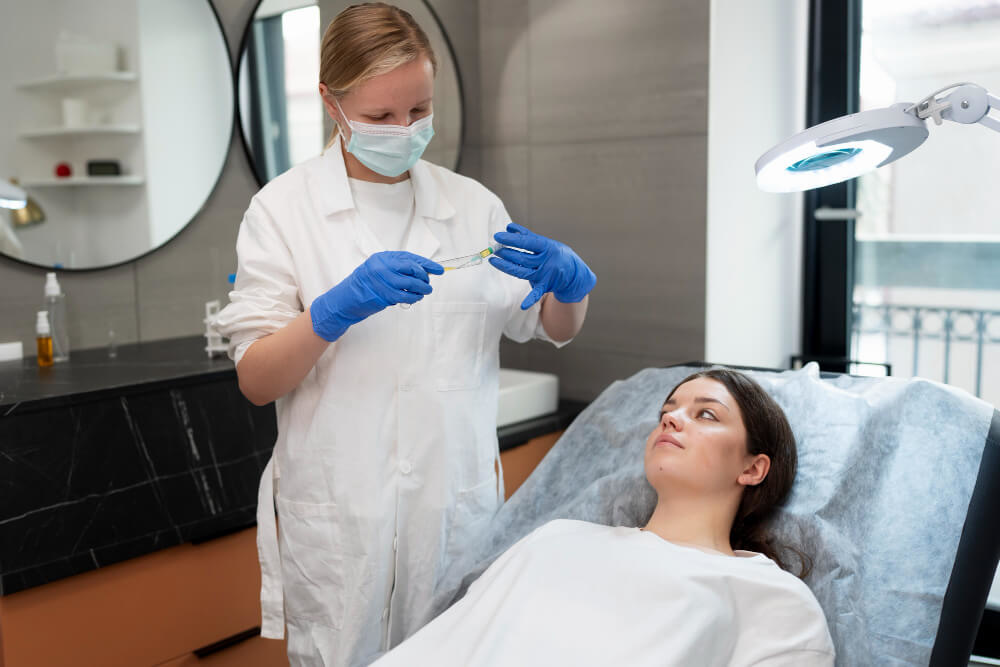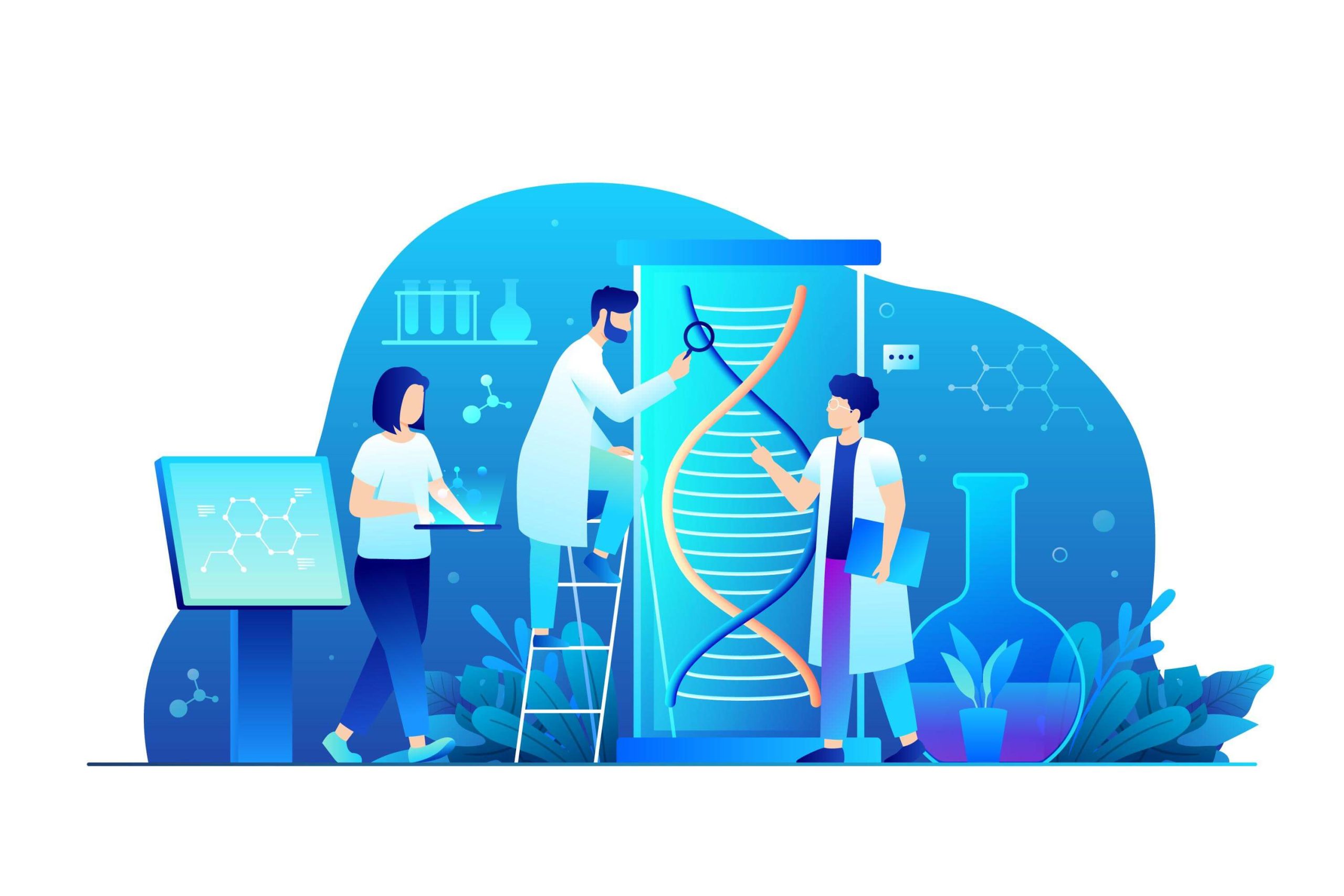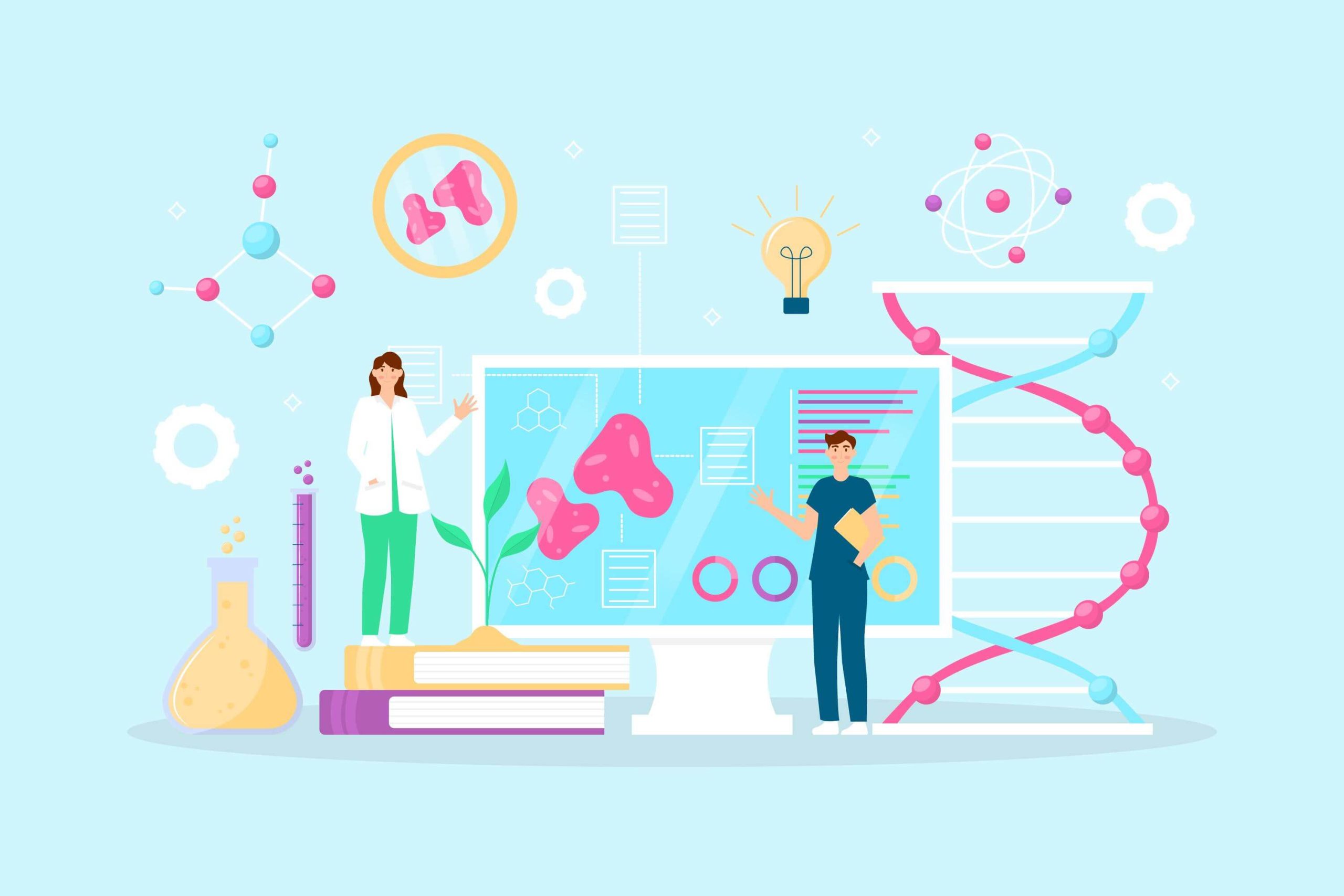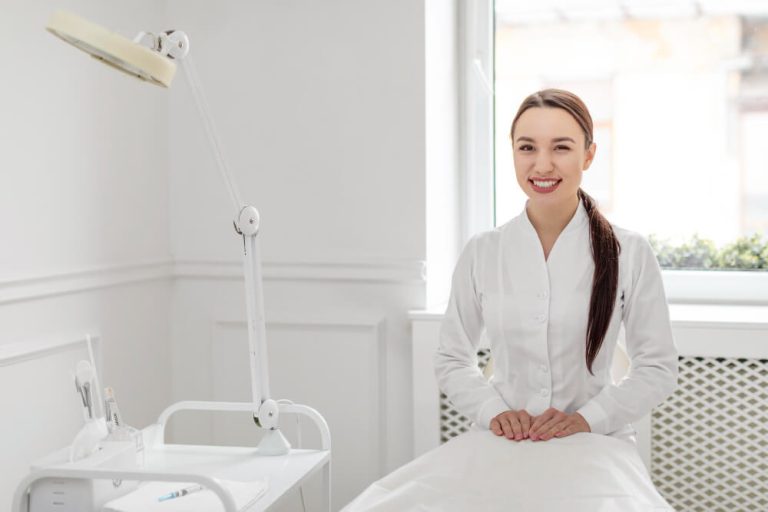The Ultimate Guide to a Longevity Clinic and the Future of Your Health
For centuries, humanity has chased the dream of a longer life. We have sought fountains of youth and elixirs of immortality. Today, that ancient quest has evolved, refined by science and data into a new field of medicine. This modern approach is not about simply adding years to your life, but adding vibrant, healthy, and functional life to your years. This is the core mission of a new kind of healthcare facility.
This revolutionary model is found within a longevity clinic, a place where medicine shifts from reactive to proactive. Instead of waiting for disease to manifest and then treating its symptoms, longevity medicine aims to understand your unique biology to prevent age-related decline before it starts. It is a deeply personalized journey to optimize your healthspan, the period of your life spent in good health, free from chronic disease and disability.
These clinics represent a paradigm shift in how we view aging. They treat aging not as an inevitability to be endured, but as a process that can be understood, measured, and modified. By leveraging cutting-edge diagnostics and targeted interventions, they provide a roadmap for you to take control of your biological clock.

Why is traditional medicine not enough?
Conventional medicine is a marvel. It excels at treating acute illnesses, infections, and traumatic injuries. If you have a broken bone or a bacterial infection, you are in excellent hands. However, its primary focus is on diagnosing and managing diseases that have already appeared. This is often referred to as a ‘sick care’ model.
This system waits for a problem, like high blood pressure, type 2 diabetes, or heart disease, to become clinically significant. Only then does it intervene, typically with pharmaceuticals designed to manage the symptoms. While often life-saving, this approach does not always address the underlying root causes of these chronic conditions.
Longevity medicine, in contrast, operates on a ‘health care’ model. It asks different questions. Instead of ‘what disease do you have?’, it asks ‘what are your specific risks for future disease and how can we mitigate them now?’. It seeks to optimize your body’s systems to build resilience against the very processes that lead to age-related illness.

What is the main goal of a longevity clinic?
The primary objective is to increase your healthspan. While lifespan is the total number of years you live, healthspan is the number of those years you enjoy in good physical and mental condition. The goal is to compress the period of sickness and frailty into the shortest possible time at the very end of life.
To achieve this, longevity clinics focus on the gap between your chronological age and your biological age. Chronological age is simply how many birthdays you have had. Biological age, however, is a measure of how old your cells and tissues are at a molecular level. It is a far more accurate predictor of your future health.
Two people can be 50 years old chronologically, but one may have a biological age of 40 while the other has a biological age of 60. The person with the younger biological age is aging more slowly and has a lower risk of developing age-related diseases. The work done in a longevity clinic is designed to lower your biological age through targeted, science-backed interventions.
This approach is grounded in the scientific understanding of the ‘Hallmarks of Aging’. These are the nine interconnected cellular and molecular processes, such as genomic instability, cellular senescence, and mitochondrial dysfunction, that are considered the fundamental drivers of aging. By addressing these hallmarks, practitioners aim to slow the aging process at its source.

What can I expect from my initial consultation?
Your journey at a longevity clinic begins with a deep and comprehensive intake process that goes far beyond a typical doctor’s visit. This is not a 15-minute appointment. Expect to spend a significant amount of time with the clinical team, discussing every facet of your life and health.
The consultation will cover your detailed medical history, of course, but it will also explore your family’s health history to understand genetic predispositions. You will discuss your lifestyle in great detail, including your diet, exercise habits, sleep patterns, stress levels, and even your social connections and sense of purpose.
Crucially, you will define your personal goals. Do you want to have the energy to play with your grandchildren in 20 years? Are you aiming to maintain cognitive sharpness to excel in your career? Do you want to prevent the heart disease that affected your parents? These goals become the guiding stars for your personalized plan.
This initial meeting is about building a partnership. The clinical team gets to know you not just as a patient with a set of symptoms, but as a whole person with a unique life and unique aspirations. This foundational understanding is critical for creating a program that is not only effective but also sustainable for you.

How do longevity clinics measure your health?
After the initial consultation, the next step is a deep dive into your biology through advanced diagnostic testing. This is where longevity medicine truly separates itself from the conventional approach. The goal is to create a high-resolution snapshot of your current health, identifying subtle imbalances and future risks long before they would appear on a standard physical.

What kind of testing is involved?
The testing protocol is extensive and multi-faceted. It often starts with comprehensive blood panels that look at hundreds of biomarkers, far more than the handful checked in a routine exam. These panels assess everything from inflammation and metabolic health to nutrient levels and hormone status.
Genetic testing is also a cornerstone. By analyzing your DNA, the clinic can identify genetic variants that may increase your risk for certain conditions. This is not about predicting an unchangeable destiny; it is about understanding your personal blueprint so you can make lifestyle and therapeutic choices to counteract those risks. The science of integrating genetics and advanced biomarker testing forms the basis of this personalized strategy.
Another key tool is epigenetic age testing. These ‘biological clocks’ analyze methylation patterns on your DNA to calculate your biological age. This provides a powerful metric to track the effectiveness of interventions over time. Seeing your biological age decrease becomes a powerful motivator.
Other advanced diagnostics may include microbiome analysis to assess gut health, continuous glucose monitoring to see how your body responds to food in real-time, and advanced imaging to check for things like arterial plaque. The specific tests are tailored to your individual needs and goals.

How is this data used?
All of this data is aggregated to build your personal health baseline. It moves you from the realm of population averages to the world of N-of-1, where you are the sole focus of the experiment. This level of personalization is the future of medicine, practiced by pioneering institutions like the Mayo Clinic’s Center for Individualized Medicine and specialized clinics.
This hyper-personalized approach is becoming a new standard in proactive health. Clinics like Wild Health use a similar combination of genomics, biomarker analysis, and lifestyle data to create precision health plans for their members. The data does not just identify problems; it illuminates pathways to optimization.
Your results are not just handed to you in a thick folder. The clinical team will spend considerable time explaining what each data point means in the context of your health. They connect the dots between your biomarkers, your genetics, and your lifestyle, creating a clear and actionable plan designed to improve your healthspan.

What treatments are offered at a longevity clinic?
With a deep understanding of your unique biology, the clinic develops a multi-pronged intervention strategy. This is not a one-size-fits-all protocol. It is a dynamic plan that evolves as your biomarkers and health status improve. The interventions span from foundational lifestyle changes to cutting-edge therapies.

Is it all about diet and exercise?
Yes and no. The foundations of health are non-negotiable, but a longevity clinic personalizes them to an incredible degree. Instead of generic advice to ‘eat healthy’, your plan might specify a particular eating window, macronutrient ratios tailored to your genetics, and specific foods to include or avoid based on your inflammatory markers or microbiome data.
Exercise recommendations are equally precise. Based on your goals and biomarkers, your plan might detail the optimal mix of zone 2 cardiovascular training, high-intensity interval training, and strength training needed to improve mitochondrial function and build muscle mass, a key factor in healthy aging.
Sleep optimization and stress management are also considered critical pillars. The clinic may use data from wearable devices to help you improve your sleep architecture or recommend specific mindfulness practices, breathing techniques, or therapies to manage your stress response, as chronic stress accelerates aging.

What about supplements and nutraceuticals?
Supplementation in a longevity clinic is data-driven, not based on guesswork. Instead of you grabbing a bottle off the shelf because you heard it was good, supplements are prescribed to address specific deficiencies or to target particular aging pathways identified in your diagnostic workup.
This might include high-dose Omega-3s to lower inflammation, Vitamin D to correct a deficiency, or specific B vitamins to support methylation pathways. It can also involve more advanced nutraceuticals that have shown promise in aging research, such as spermidine or fisetin to promote autophagy, or precursors to NAD+ to support cellular energy.
The goal is targeted, precise supplementation to optimize your biochemistry, with regular re-testing to ensure the interventions are having the desired effect and to adjust dosages as needed.

Are there more advanced therapies?
For many patients, the plan may include more advanced medical interventions. Hormone Replacement Therapy (HRT) can be a powerful tool. As we age, levels of key hormones like estrogen, testosterone, and DHEA decline. By restoring these hormones to more youthful levels, HRT can help preserve muscle mass, bone density, cognitive function, and overall vitality.
Peptide therapy is another emerging area. Peptides are short chains of amino acids that act as signaling molecules in the body. Specific peptides can be used to promote injury healing, enhance immune function, improve sleep, or stimulate the release of growth hormone.
Intravenous (IV) therapies are also commonly used to deliver high concentrations of vitamins, minerals, and other compounds directly into the bloodstream for maximum absorption. One of the most popular is NAD+ therapy. NAD+ is a critical coenzyme for cellular energy and repair that declines with age. IV infusions aim to restore NAD+ levels, which may improve energy, cognitive function, and cellular resilience. The growing interest in this area has led many practitioners to learn how to start an NAD IV clinic to meet demand.

Who works at a longevity clinic?
Creating and managing such a comprehensive health plan requires a collaborative, multidisciplinary team of experts. A longevity clinic is not run by a single doctor. It is a hub of specialized knowledge focused on you.
The team is typically led by a medical doctor (MD) or doctor of osteopathic medicine (DO) who has advanced training in functional, anti-aging, or regenerative medicine. They serve as the quarterback, overseeing your overall strategy and managing any medical interventions.
Working alongside the physician are other key specialists. A registered dietitian or nutritionist with expertise in personalized nutrition translates your biomarker data into a practical and enjoyable food plan. An exercise physiologist or a highly qualified trainer designs your physical fitness protocol. A health coach is often the key to success, helping you implement these changes, stay motivated, and navigate any challenges that arise.
The intricate coordination required highlights the importance of thoughtfully staffing a longevity clinic to ensure every aspect of the patient’s journey is supported by a dedicated expert.

What is the scientific basis for longevity medicine?
Longevity medicine is not science fiction. It is built upon decades of research into the fundamental biology of aging. Organizations like the National Institute on Aging have been funding and conducting studies that have unraveled many of the molecular mechanisms that drive the aging process.
This research has given rise to the geroscience hypothesis. This is the idea that by targeting the root causes of aging itself, we can simultaneously delay or prevent the onset of numerous chronic diseases like heart disease, cancer, neurodegeneration, and diabetes. Instead of playing ‘whack-a-mole’ with individual diseases, geroscience aims to treat their common underlying driver: aging.
Longevity clinics are where this hypothesis is put into clinical practice. They are the bridge between the research lab and the patient, translating complex scientific discoveries into personalized health strategies.

Is this only for the super-rich?
It is true that the comprehensive, highly personalized nature of longevity medicine can be costly, often not covered by standard insurance. The extensive testing and advanced therapies represent a significant investment in one’s health. The extreme end of the spectrum is exemplified by figures like tech entrepreneur Bryan Johnson, whose data-intensive program is a fascinating case study in optimization, though Bryan Johnson’s quest for immortality is far beyond the reach of the average person.
However, the field is evolving rapidly. The cost of genetic sequencing and advanced biomarker testing is continuously decreasing, making these powerful tools more accessible. Furthermore, the foundational principles of longevity medicine, such as optimizing nutrition, exercise, sleep, and stress, can be implemented by anyone at little to no cost.
Many clinics are also beginning to offer different tiers of service, allowing more people to access at least the core diagnostic and lifestyle guidance. As the value of proactive, preventive health becomes more widely recognized, accessibility is expected to continue to improve.

How do I choose the right longevity clinic?
If you are considering this path, choosing the right clinic is a critical first step. Look for a team with verifiable credentials and advanced training in this specific field. Ask about their philosophy on aging and their approach to patient care. Do they emphasize a partnership?
Inquire about their diagnostic process. What specific tests do they use, and how do they use that data to create a plan? A reputable clinic will be transparent about its methods and the scientific evidence supporting them. Look for a focus on measurable outcomes and a commitment to tracking your progress over time.

What is the ultimate takeaway?
A longevity clinic offers a new vision of health, one that is proactive, predictive, personalized, and participatory. It empowers you to move beyond the limitations of the traditional ‘sick care’ model and become the chief executive officer of your own health and wellness.
By focusing on healthspan, measuring what matters, and applying targeted interventions, these clinics provide the tools and expertise to help you not just live longer, but live better. It is about taking control of your biology to create a future with more energy, more clarity, and more healthy years to do the things you love.
Frequently Asked Questions

What are the most common challenges when trying to track patient ROI?
One of the biggest hurdles is accurately attributing a new patient to a specific marketing campaign or touchpoint. A patient’s journey is often complex, involving multiple channels like online search, social media, and physician referrals, making it difficult to assign credit correctly. Furthermore, integrating data from disconnected systems—such as your patient management software, electronic health records (EHR), and marketing platforms—can create data silos and lead to an incomplete picture of ROI.
Another significant challenge is the long conversion cycle inherent in healthcare. A prospective patient might engage with your content for weeks or months before scheduling their first appointment, complicating direct, short-term attribution. Accurately calculating the full lifetime value of a patient is also complex, as it requires tracking repeat visits, additional services, and even the value of referrals they generate over many years.

How can we balance demonstrating ROI with protecting patient privacy and trust?
The key to balancing these priorities is to focus on aggregated and anonymized data for all ROI reporting. Instead of tracking individuals, you should analyze patient cohorts to understand trends, such as which marketing channels bring in the most patients for a specific high-value service. This approach ensures you are measuring financial outcomes and campaign effectiveness without ever exposing Protected Health Information (PHI), keeping your practice fully compliant with HIPAA.
Furthermore, it’s crucial to use secure, HIPAA-compliant analytics tools that are specifically designed for the healthcare industry. These platforms use unique identifiers to connect marketing activity to patient revenue without storing any personal details in the marketing system. By maintaining this strict separation, you can confidently demonstrate financial returns to stakeholders while assuring patients their sensitive information is always secure and used solely to improve the quality of care.

Beyond initial acquisition, what long-term metrics are crucial for understanding true patient ROI?
While acquisition cost is important, the most critical long-term metric is Patient Lifetime Value (PLV), which measures the total net profit a patient generates for your practice over the entire duration of their care. Calculating PLV requires you to track not just initial visit revenue but also follow-up appointments, additional procedures, and loyalty over time. Paired with PLV, the patient retention rate is another vital metric, as it highlights your ability to deliver a positive experience that encourages patients to return.
To gain a complete understanding, you should also measure the patient referral rate, which quantifies how many new patients are acquired through word-of-mouth from existing, satisfied patients. This represents a powerful, high-ROI acquisition channel that reflects deep patient trust and satisfaction. Tracking these long-term indicators provides a far more accurate and sustainable view of profitability than focusing on initial acquisition metrics alone.
Discover the most comprehensive functional medicine training, longevity training, and biohacking certification programs designed specifically for healthcare professionals, medics, and clinic owners who want to master regenerative medicine protocols and anti-aging therapies. Elevate your practice with Talking Longevity.







